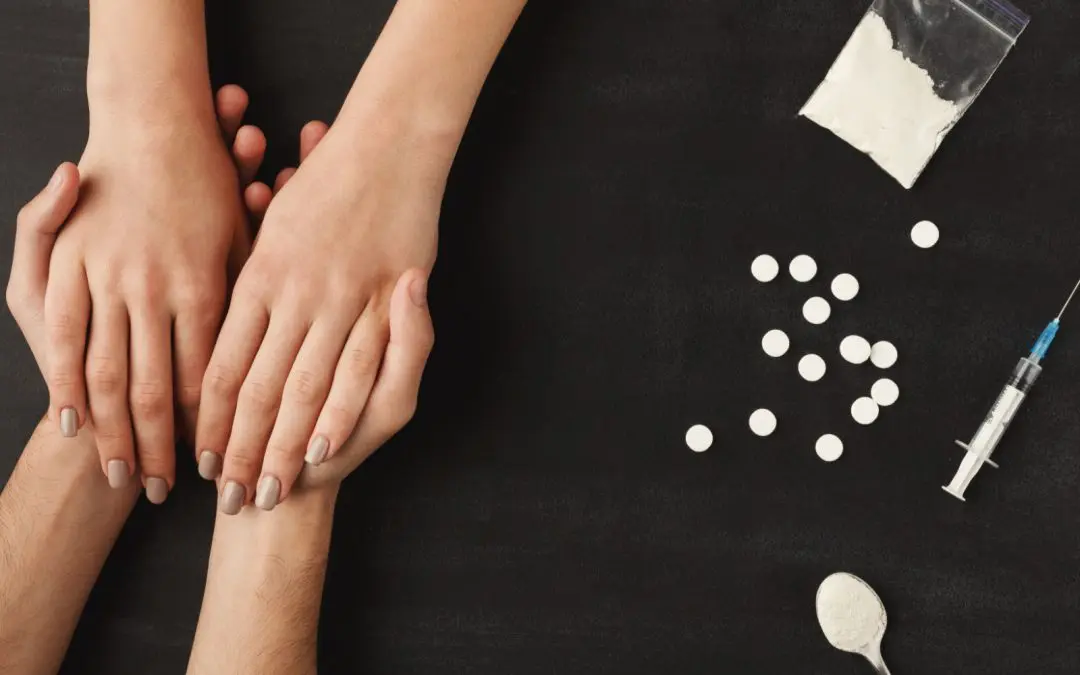24/7 Helpline:
(866) 899-221924/7 Helpline:
(866) 899-2219
Learn more about Inpatient Rehab centers in Loman
Inpatient Rehab in Other Cities

Other Insurance Options

ComPsych

Aetna

Cigna

Multiplan

Holman Group

Group Health Incorporated

Oxford

CareSource

PHCS Network

MVP Healthcare

Providence

Absolute Total Care

UMR

Sliding scale payment assistance

AllWell

MHNNet Behavioral Health

BlueShield

Premera

Magellan Health

Molina Healthcare













